- Joined
- Jun 7, 2014
- Messages
- 3,061
- Reaction score
- 4,975
Soothill Tunnel
]
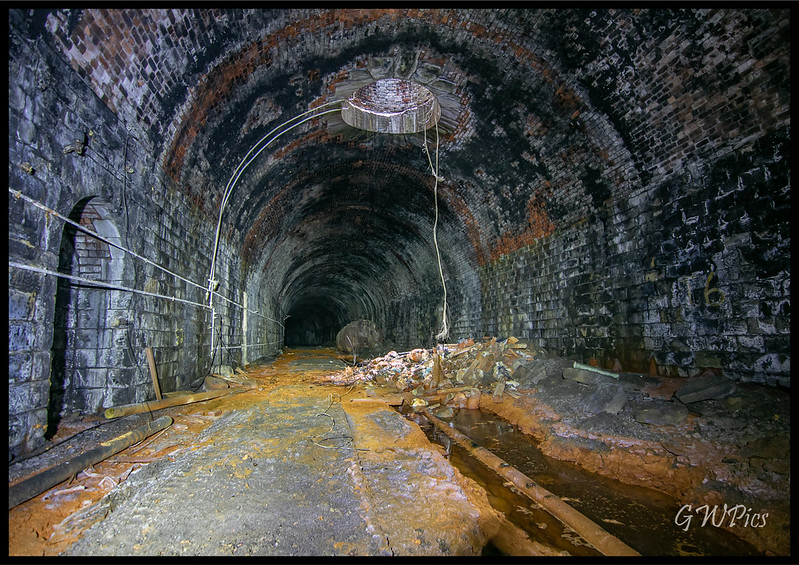
Authorised by an Act of 1881, the Great Northern's 4¾-mile connection between Batley and Beeston Junction, on the Leeds branch of the East Coast Main Line, opened for goods traffic in July 1890, with passenger services inaugurated a month later.
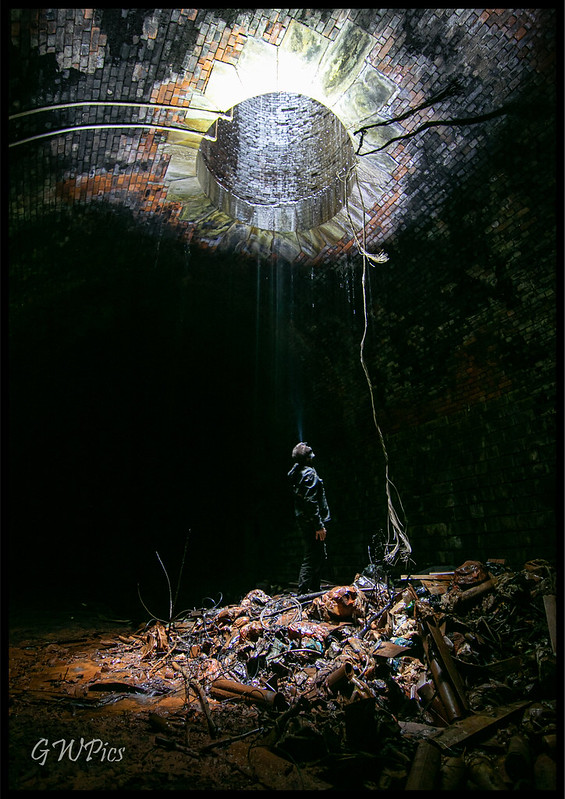
In civil engineering terms, the route's ten underbridges and single five-arch viaduct were overshadowed by Soothill Tunnel, sometimes referred to as Woodkirk Tunnel. This incorporates a curve of 30 chains radius extending inwards from the west end for about 400 yards, before a straight section takes over to reach the east portal. Near their junction is the tunnel's only ventilation shaft. 659 yards in length, a stiff gradient of 1:50 is encountered throughout, climbing towards the east.
The portals are substantial and attractive, built from stone and with buttresses either side of the entrance. Above a string course, the parapet rises to a central point. Unlike other GN tunnels, the voussoirs are flat, not rounded. Access to the west end is made easier by a set of steps at the north side of the approach cutting.
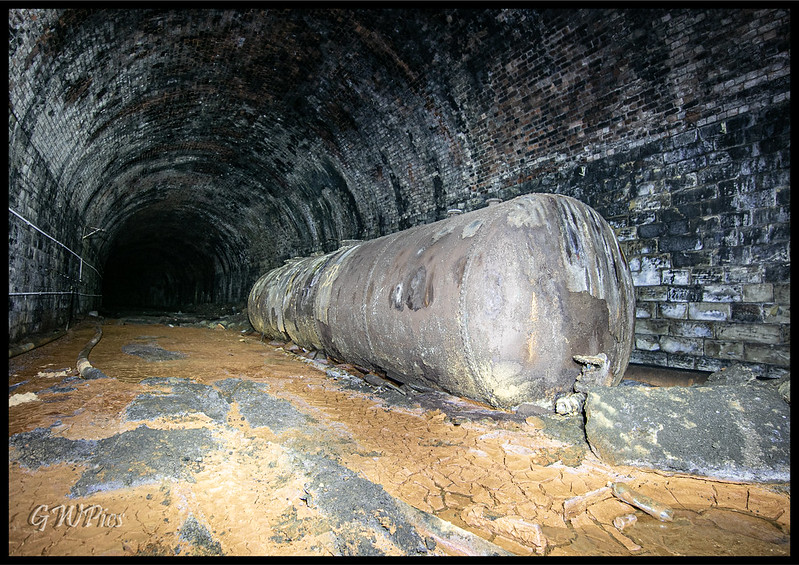
Water ingress caused difficulties during the tunnel's period of operation and the resulting deterioration proved instrumental in driving the line's demise, the necessary repair work having a prohibitively expensive price tag. Passenger services were withdrawn in October 1951; the section from Batley to Woodkirk - through the tunnel - suffered complete closure on 6th July 1953. Freight between the Woodkirk quarries and Tingley continued until June 1964

The portals, which had previously been open, were secured on health and safety grounds. Although the area has since been landscaped, polluted liquids still permeate the tunnel, giving rise to noxious gases. Infrastructure, in the form of pipes, ducts, cables and tanks, has been installed in an effort to manage this
I can confirm it utterly stinks in here but my gas monitor remained stable & I had no issues through my solo visit, TBh there appears to be raw sewage flowing through the central trench so I was not surprised by the smell.

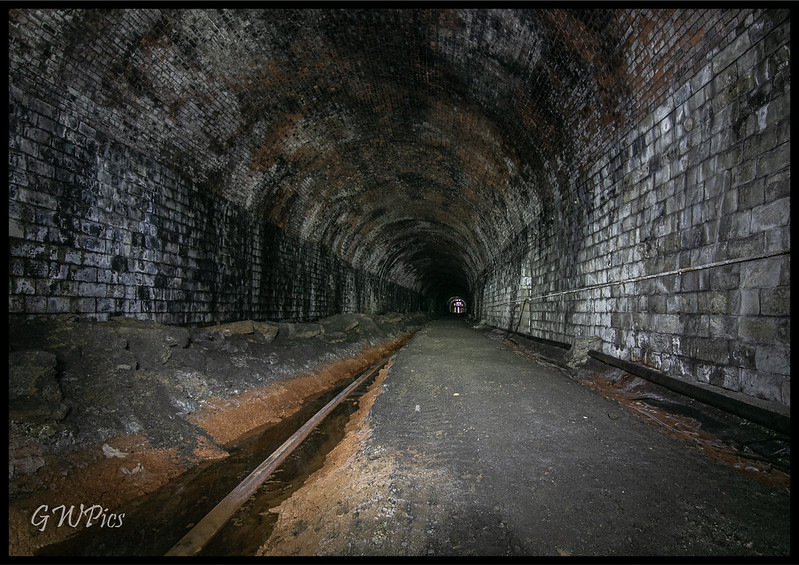
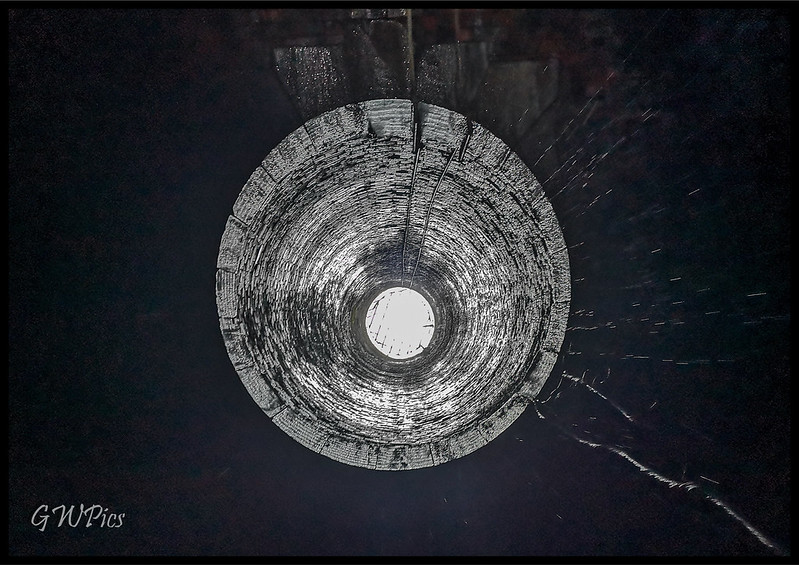
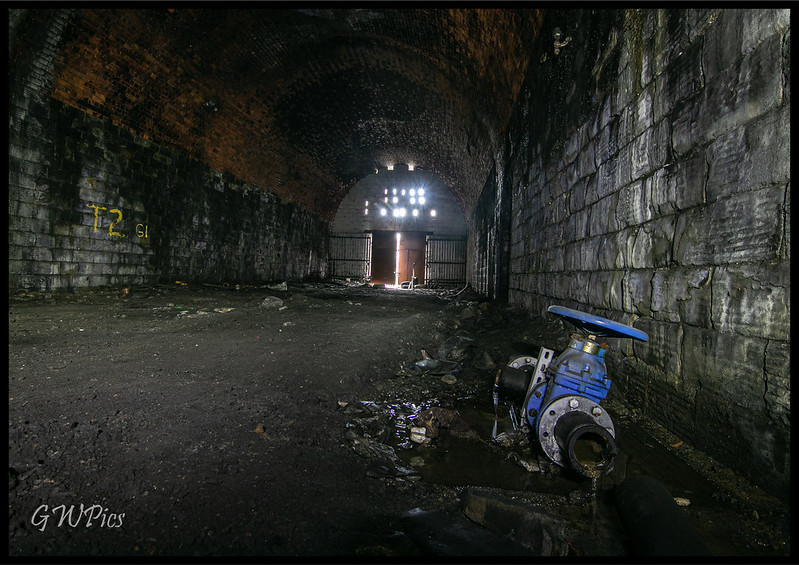
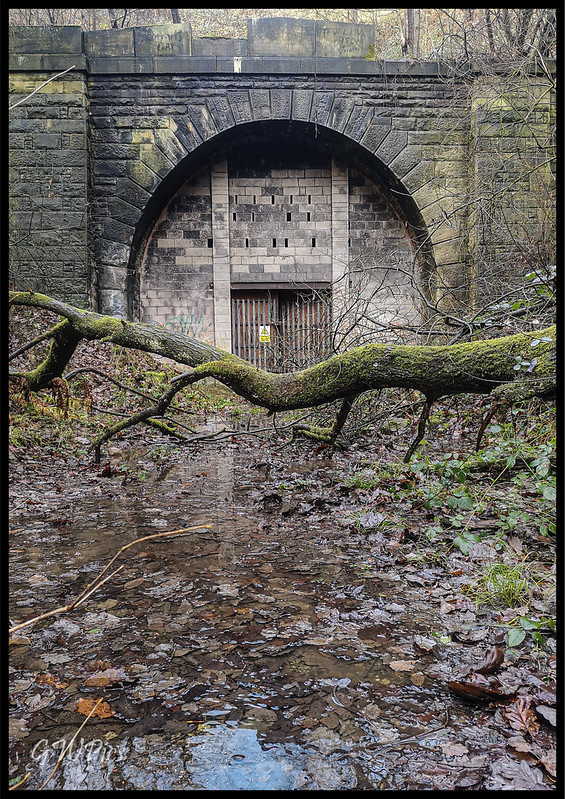
Thanks for looking
]
Authorised by an Act of 1881, the Great Northern's 4¾-mile connection between Batley and Beeston Junction, on the Leeds branch of the East Coast Main Line, opened for goods traffic in July 1890, with passenger services inaugurated a month later.
In civil engineering terms, the route's ten underbridges and single five-arch viaduct were overshadowed by Soothill Tunnel, sometimes referred to as Woodkirk Tunnel. This incorporates a curve of 30 chains radius extending inwards from the west end for about 400 yards, before a straight section takes over to reach the east portal. Near their junction is the tunnel's only ventilation shaft. 659 yards in length, a stiff gradient of 1:50 is encountered throughout, climbing towards the east.
The portals are substantial and attractive, built from stone and with buttresses either side of the entrance. Above a string course, the parapet rises to a central point. Unlike other GN tunnels, the voussoirs are flat, not rounded. Access to the west end is made easier by a set of steps at the north side of the approach cutting.
Water ingress caused difficulties during the tunnel's period of operation and the resulting deterioration proved instrumental in driving the line's demise, the necessary repair work having a prohibitively expensive price tag. Passenger services were withdrawn in October 1951; the section from Batley to Woodkirk - through the tunnel - suffered complete closure on 6th July 1953. Freight between the Woodkirk quarries and Tingley continued until June 1964
The portals, which had previously been open, were secured on health and safety grounds. Although the area has since been landscaped, polluted liquids still permeate the tunnel, giving rise to noxious gases. Infrastructure, in the form of pipes, ducts, cables and tanks, has been installed in an effort to manage this
I can confirm it utterly stinks in here but my gas monitor remained stable & I had no issues through my solo visit, TBh there appears to be raw sewage flowing through the central trench so I was not surprised by the smell.
Thanks for looking

































